Ganghwa Ginseng Center (강화 인삼센터)
9.7 Km 37797 2021-05-07
335, Ganghwa-daero, Ganghwa-gun, Incheon
+82-10-9314-3348
The cultivation of Ganghwa ginseng began during the era of King Gojong (A.D. 1232) of the Goryeo dynasty. In 1920, Ganghwado Island was designated a special district for ginseng cultivation. At the onset of the Korean War (1950-1953), the people of Gaeseong, the birthplace of ginseng cultivation, took refuge on Ganghwado Island and began to cultivate ginseng on a large scale, which was the beginning of the production of the famous 6-year-old root of ginseng.
Ganghwado Island has the optimal environment for ginseng cultivation with clay soil, sandy loam, and a cool climate condition influenced by coastal winds. The thick root of Ganghwa ginseng does not have any inside cavity or white interior. This is how Ganghwa became a leading producer of the 6-year-old root, which has a high rate of red ginseng extract, cheonji.
Ganghwa Ginseng Center handles quality ginseng guaranteed in its cultivation, processing, and distribution, owing to the utmost care exerted to provide safe and reliable products.
Lotus Lantern International Meditation Center (연등국제선원)
10.1 Km 13332 2020-02-06
349-60, Ganghwadong-ro, Ganghwa-gun, Incheon
+82-32-937-7033
The Lotus Lantern International Meditation Center was founded in 1997 by Monk Wonmyoung as a site for foreigners to practice seon meditation.The center features five main buildings and a large garden area. The center is serviced by monks from various countries, including America, Switzerland, Russia, and other Asian countries. Foreigners can easily learn the practice of seon meditation by participating in the English lectures and short-term programs.
Ganghwa Manisan Mountain (Ganghwa Section) (마니산 (강화))
10.1 Km 32154 2021-02-19
18, Manisan-ro 675beon-gil, Ganghwa-gun, Incheon
+82-32-930-7068
Manisan Mountain is located on the southern end of Ganghwado Island, at the mid-point of the Korean Peninsula between Hallsan Mountain and Baekdusan Mountain. At the top of Manisan Mountain is Chamseongdan Altar, known to have been used by Dangun to hold sacred rituals. The 1988 Paralympics torch was lit at the top of the mountain as well as the torch for the Korea national sports games each year. If you walk up the trail with 918 stone steps, an amazing view of the west sea and Jeongsusa Temple to the east can be seen. The pine tree forest full of phytoncide is perfect for hikers to relieve their stress.
Oktokki Space Center (옥토끼우주센터)
10.2 Km 29627 2020-06-01
403, Ganghwadong-ro, Ganghwa-gun, Incheon
+82-32-937-6917
Oktokki Space Center is Korea's first aerosepace theme park. The center collects, preserves, and exhibits materials related to aerospace engineering to educate and promote to the public. It is open to visitors all year round, offering diverse activity programs and experience rides that can be enjoyed by people of all ages. The center is especially well equipped with fun learning materials as well as educational programs to spark children's insterest in the field.
Hwamunseok Cultural Center (강화화문석문화관)
10.4 Km 22512 2021-11-11
413, Jangjeongyango-gil, Ganghwa-gun, Incheon
+82-32-930-7060
Ganghwa Hwamunseok, Korea's only rush-weaving handicraft, is a cultural legacy inherited from the Goryeo period, and is a product that is exclusively produced in Ganghwa-gun. To preserve and develop its historic rush-weaving handicrafts, Ganghwa-gun constructed Hwamunseok Cultural Center at Yango-ri in Songhae-myeon, the craft's place of origin. Visitors to the cultural center will be able to view the individual features and transformations of Hwamunseok in addition to the past, present and future of rush-weaving handicrafts.
Hwagae Garden (화개정원)
11.2 Km 0 2024-02-20
6-60 Gyodongdong-ro 471beon-gil, Gyodong-myeon, Ganghwa-gun, Incheon
Hwagae Garden is a park situated on the foothills of Hwagaesan Mountain in Gyodong-myeon. Exploring the trails, visitors can immerse themselves in the ever-changing beauty of Hwagaesan Mountain across the seasons. Opting for the monorail to reach the observatory rewards with a panoramic view extending to Ganghwado Island. The park is equipped with various amenities, including walking paths, a lawn, a children's playground, along with restaurants and cafés.
[Ganghwa Nadeul-gil Course 2] Homeland Fortification Trail ([강화 나들길 제2코스] 호국돈대길)
11.6 Km 23046 2021-08-11
24, Cheonghadong-gil, Ganghwa-gun, Incheon
+82-32-934-1906
The Ganghwa Nadeul-gil Trails are a collection of walking paths along the coast of Ganghwa Island that connect the watchtowers and and walls of Ganghwasanseong Fortress, as well as royal tombs and other historically significant sites from the Goryeo dynasty that dot the island.
[Ganghwa Nadeul-gil Course 2] Homeland Fortification Trail
Course 2 stretches over a 17 kilometer area between Gapgotdon Watchtower and Chojijin Fort. This trail showcases the history of the island and the changes that happened before and after the opening of the port. The course follows a coastal road that is particularly beautiful in spring and fall.
Gyodongdo Daeryong Market (교동도 대룡시장)
11.6 Km 4508 2023-11-08
35 Gyodongnam-ro, Ganghwa-gun, Incheon
+82-32-934-1000
Daeryong Market is an alley market that reproduces the appearance of Yeonbaek Market to maintain a livelihood for residents who temporarily evacuated from Yeonbaek-gun in Hwanghae-do, to Gyodongdo Island during the Korean War. Gyodongdo Island has been the center of economic development for over 50 years. As most of the displaced elderly who created the market passed away and the population rapidly decreased, the market size also reduced considerably. However, with the opening of Gyodongdaegyo Bridge in July 2014, it has become a must-see course for tourists to take pictures of Daeryong Market, which looks like a movie set in the 1960s. Gyodong Giga Island, also referred to as Gyodong Swallow House, opened in late march of 2022 and provides tour information using intellectual techonology as well as bicycle and smartwatch rental services to tourists. In addition, there are various experience programs such as a VR video experience and "Making Gyodong Newspaper."
Ganghwa Gyodongdo Island (교동도(강화))
11.6 Km 51959 2021-06-16
35, Gyodongnam-ro, Ganghwa-gun, Incheon
+82-32-934-1000
Gyodongdo Island is located northwest of the larger Ganghwado Island, and was made more accessible with the opening of Gyodongdaegyo Bridge in July 2014. The name changed with different dynasties, being Gomokgeunhyeon during the Goguryeo Era and Gyodonghyeon under the reign of Silla King Gyeongdeok. The island served as an important stopover point for ambassadors and envoys heading to China. Popular attractions on the island now include Daeryong Market, an alleyway market decorated with colorful murals and statues, and Manghyangdae Memorial, a gathering place for refugees who fled from the nearby Hwanghaedo Island during the Korean War. Many of the houses on Gyodongdo Island have swallow nests under the eaves. The refugees consider the swallows as guests from their hometowns. As such, the island is home to the "peace & reunion" themed Gyodong Swallow House, Peace Trail, and Gyodong Studio. Gyodong Swallow House serves as an exhibition and performance space. The Peace Trail is a biking path around the island. At Gyodong Studio, visitors can put on old school uniforms and take black-and-white photographs.
Gapgotdon Watchtower (갑곶돈대)
11.7 Km 20624 2021-01-18
18, Haeandong-ro 1366beon-gil, Ganghwa-gun, Incheon
+82-32-930-7077
Gapgotdon Watchtower was built to protect the Ganghwa Straits from invasion when the Goryeo Kingdom moved their capital to Ganghwado Island. The fortified area served as a highly strategic location for the Goryeo Kingdom, and had endured multiple invasions by the Mongolian troops between 1232 and 1270.
The watchtower was fortified in the Joseon dynasty by King Sukjong in 1679 and had once fallen during the French campaign against Korea in 1866. In 1977, the site was restored to its original form. The cannons exhibited at the current site were made during the Joseon dynasty to attack outside invaders from sea.
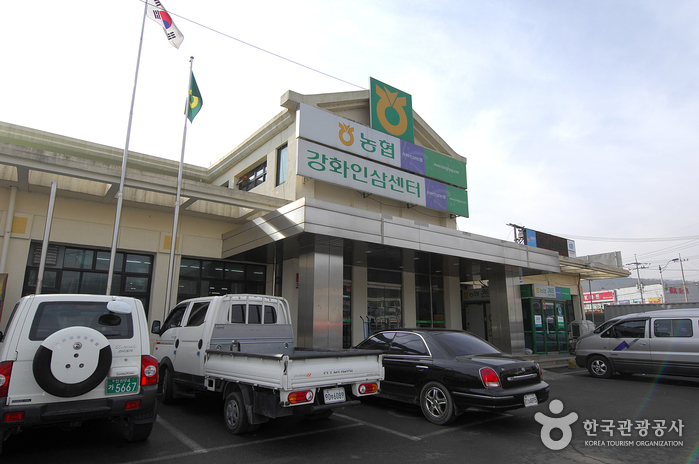
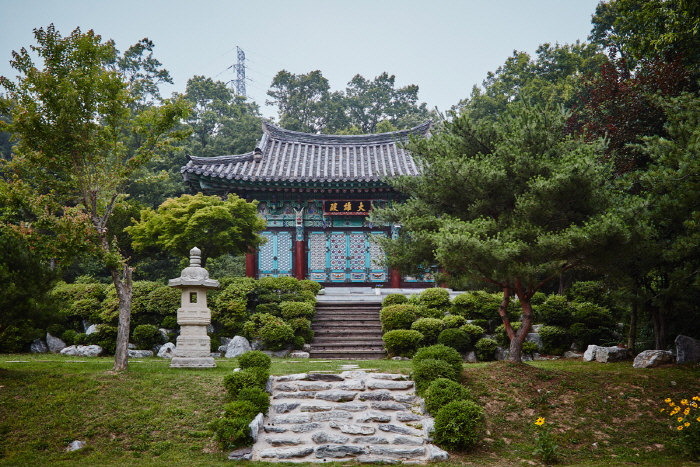
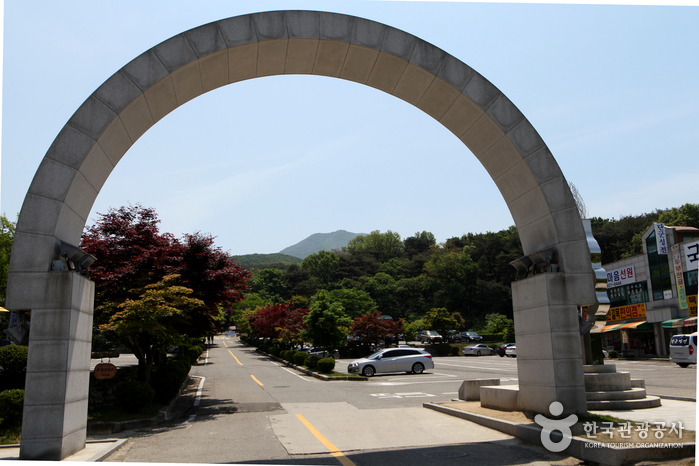
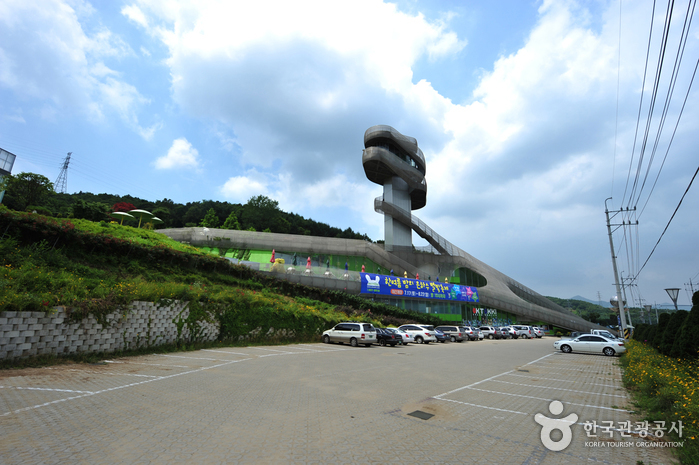
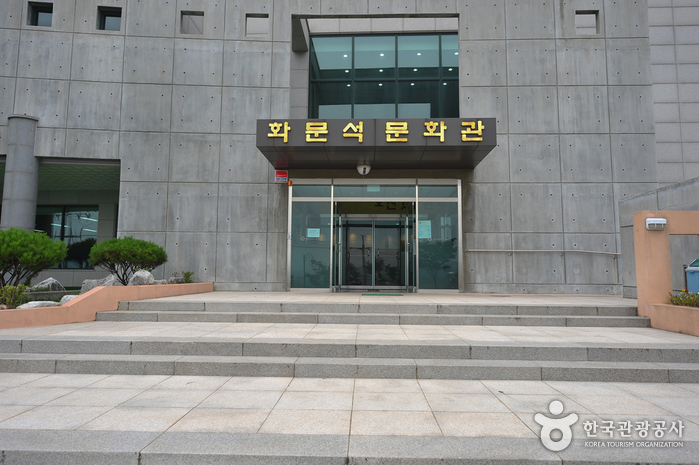

![[Ganghwa Nadeul-gil Course 2] Homeland Fortification Trail ([강화 나들길 제2코스] 호국돈대길)](http://tong.visitkorea.or.kr/cms/resource/05/1895205_image2_1.jpg)
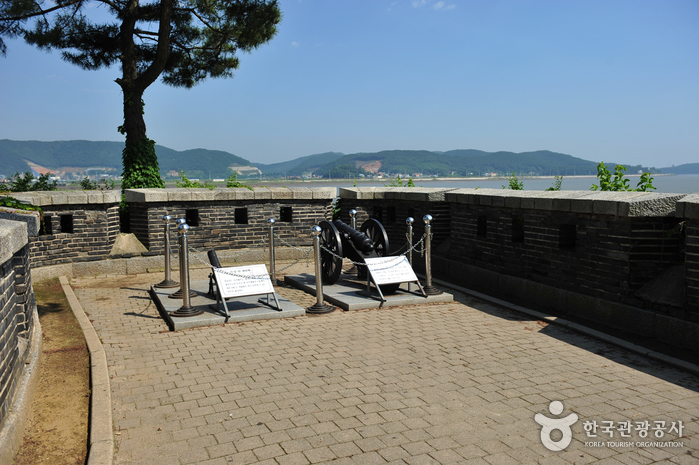
 English
English
 한국어
한국어 日本語
日本語 中文(简体)
中文(简体) Deutsch
Deutsch Français
Français Español
Español Русский
Русский